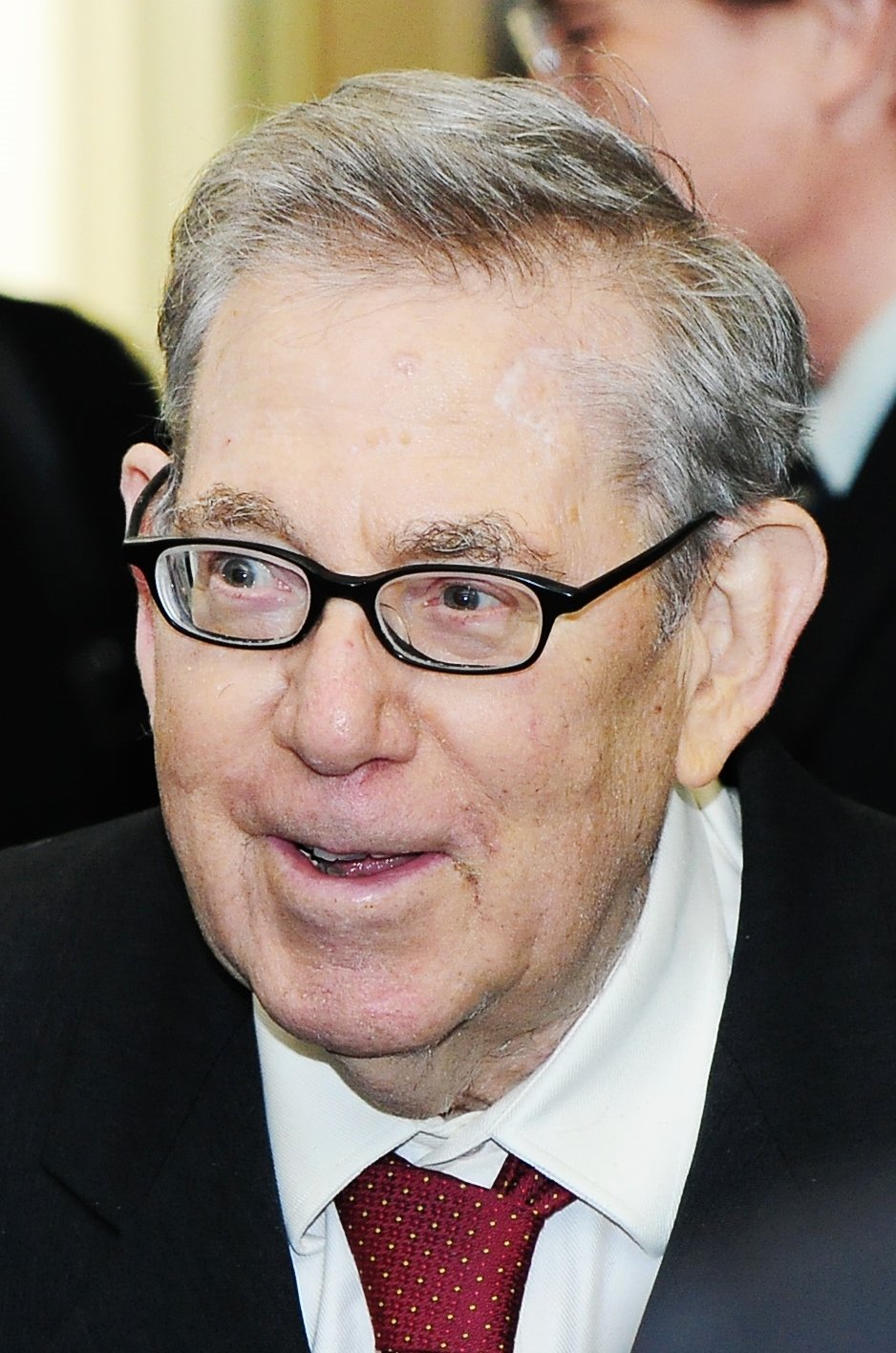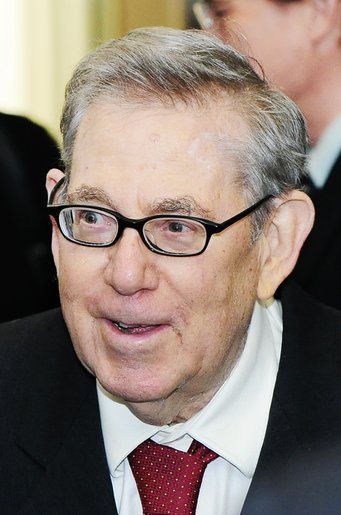Prof. Dr. Drs. h.c. Paul J. Crutzen
Noble Prize for Chemistry in 1995

Paul J. Crutzen (1933-2021) succeeded Christian Junge as Director of the Atmospheric Chemistry Department in 1980. This department performs laboratory experiments to determine the absorption of UV and infrared radiation by atmospheric trace elements, as well as the speed at which elements react in the atmosphere. In order to better understand the formation of holes in the ozone layer above the Arctic and Antarctic, processes were simulated on stratospheric particles in the laboratory. The department also performs measurements of the trace elements present in our atmosphere around the world. Mathematical models, into which the data recorded is input, are being developed to describe meteorological, climatic and chemical processes. These models can be used to estimate the possible climatic consequences of a nuclear war and the influence of human activities on the ozone and climate. Paul Crutzen was awarded the Nobel Prize for Chemistry in 1995 together with Mario Molina and Frank S. Rowland.
The role of nitrogen oxides in the atmosphere
Starting in the 1970s, Crutzen investigated the role of nitrogen oxides in the atmosphere and demonstrated their ability to deplete ozone and split oxygen. In 1986, he demonstrated that halogenated hydrocarbons (CFCs) are responsible for the hole in the ozone layer in the winter stratosphere over the South Pole: At high altitudes, the radicals released from them by UV radiation act as catalysts that extremely accelerate ozone depletion. In the lower stratosphere, the polar stratospheric clouds are responsible for the release of the ozone-depleting chlorine radicals in the polar spring.
For these groundbreaking findings, he was awarded the Nobel Prize in Chemistry in 1995, together with Mario J. Molina and Frank Sherwood Rowland. The scientists' findings led to a worldwide ban on CFCs and to the new realization that humans can destroy the Earth system. Paul Crutzen also created scenarios for nuclear winter, i.e. the darkening and cooling of the earth's atmosphere as a result of numerous atomic bomb explosions. Furthermore, he coined the term "Anthropocene" for the current Earth Age.
Paul J. Crutzen retired in the year 2000.
